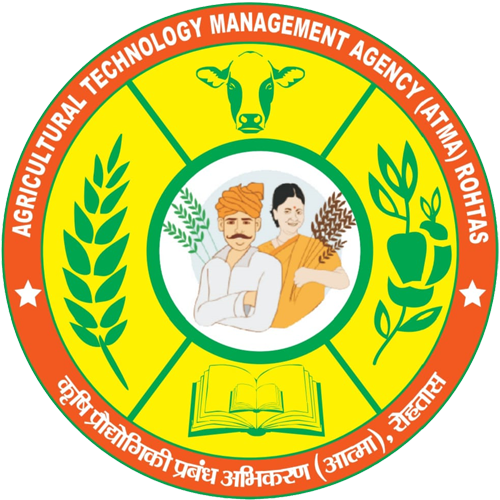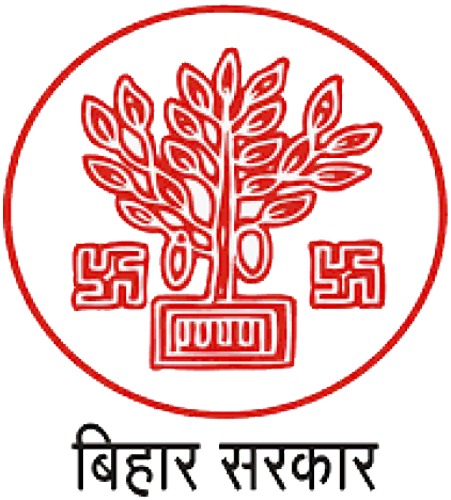INTRODUCTION
ATMA has started under the “Support to State Extension Programmes for Extension Reforms” Scheme. The purpose of Extension Reforms Scheme is to promote new institutional arrangement and operational procedures – not merely strengthen the existing extension system. One key concept or goal is to decentralize decision – making to the district level through the creation of Agricultural Technology Management Agency (ATMA). A second goal is to increase farmer input programme planning and recourse allocation, especially, at the block level, and to increase accountability to stakeholders. A third major goal is to increase programme coordination and integration, so that the programme thrusts such as Farming System Innovations (FSIs), Farmers Organization (FOs), Technology Gaps (TG) and Natural Resource Management (NRM) can be more effectively and efficiently implemented.
What is ATMA?
ATMA is a society of key stakeholders involved in agriculture activities for sustainable agricultural development in the district. It is a focal point for integrating research and extension activities and decentralizing day to day management of public Agricultural Technology System (ATS). It is a registered society, it would be able to receive and expand project funds, entering into contracts and agreements and maintaining revolving accounts that can be used to collect fees and there by recovering operating cost.
Why ATMA?
The ATMA at district level would be increasingly responsible for all the technology dissemination activities at the district level. It would have linkage with all the line department, research organization development in the district. Research and Extension units within the project district such as ZRS or substations, KVKs and the key line Department of Agriculture, Animal Husbandry, Horticulture and Fisheries etc. would become constituent members of ATMA. Each Research-Extension (R-E) unit would retain its institutional identity and affiliation but programmes and procedures concerning district-wise R-E activity would be determined by ATMA Governing Board to be implanted by its Management Committee (MC).
Roles and Responsibilities of ATMA:
ATMA is supported by Governing Board (GB) and Management Committee (AMC).
The Governing Board is a policy making body and provide guidance as well as review the progress and functioning of the ATMA. The Management Committee would be responsible for planning and executing the day-to-day activities of ATMA.
The Governing Board is a policy making body and provide guidance as well as review the progress and functioning of the ATMA. The Management Committee would be responsible for planning and executing the day-to-day activities of ATMA.
District Level:
ATMA is an autonomous institution set up at district level to ensure delivery of extension services to farmers. ATMA Governing Board is the apex body of ATMA which provides overall policy direction. ATMA GB will be assisted by the District ATMA Cell comprising PD ATMA, Dy. PDs and Staff in the discharge of its functions. ATMA Management Committee is the executive body looking after implementation of the scheme. District Farmers Advisory Committee is a body to provide farmer’s feedback for district level planning and implementation. With dedicated staff provided for the ATMA, it will continue to be the district level nodal agency responsible for overall management of agriculture extension system within the district, including preparation of Strategic Guidelines for Modified ‘Support to State Extension Programmes for Extension Reforms’ Scheme, Research and Extension Plan (SREP).
QUICK LINKS
- Annual Report
- Governing Board
- Atma Management Committee
- Kishan Salahkar Samiti
- Monthly Progress Report
- Special Project
- SREP
- FPO's
- SHG's & FIG's

